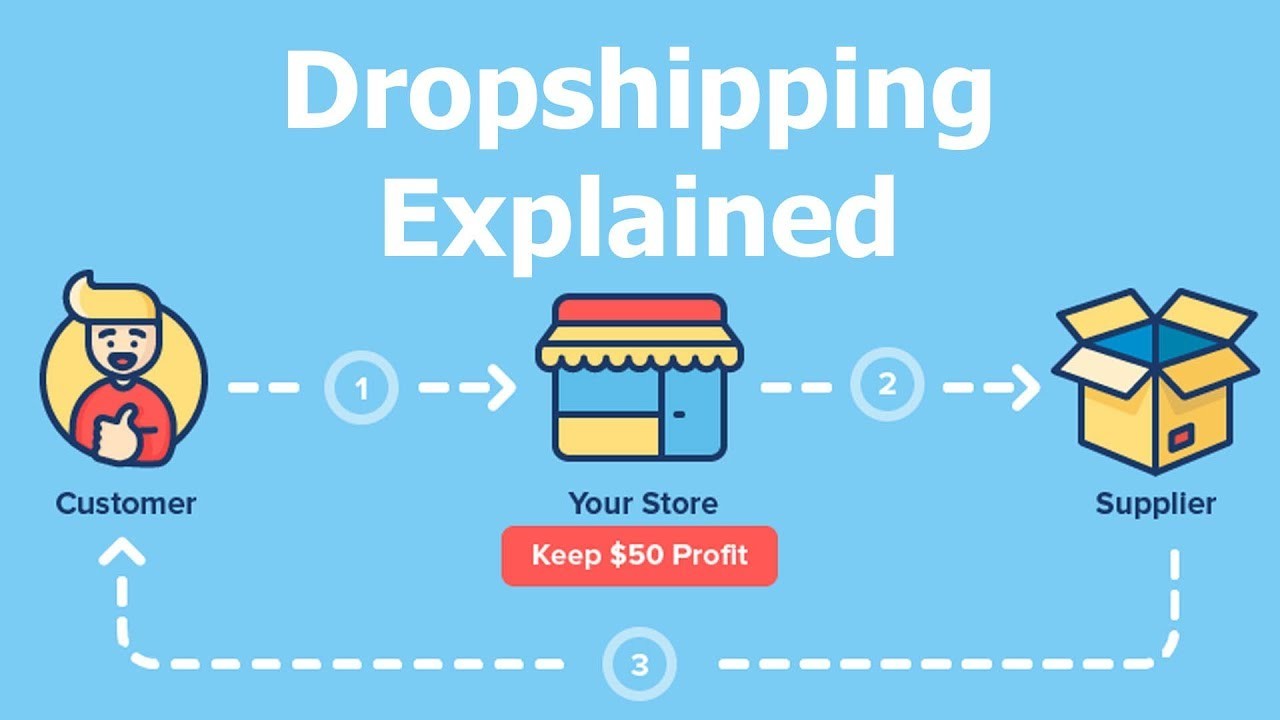In recent years, dropshipping has emerged as a popular business model that offers entrepreneurs a low-risk entry into e-commerce. With its minimal upfront investment and flexibility, dropshipping has revolutionized the way individuals start and operate online businesses. In this blog post, we’ll delve into the world of dropshipping businesses, exploring the key concepts, benefits, challenges, and best practices associated with this unique business model.
Understanding Dropshipping:
At its core, dropshipping is a retail fulfillment method where a store doesn’t keep the products it sells in stock. Instead, when a store sells a product, it purchases the item from a third party and has it shipped directly to the customer. This eliminates the need for inventory management, storage space, and upfront investment in stock, making it an attractive option for aspiring entrepreneurs.
Key Concepts of Dropshipping:
Supplier Relationships: Dropshipping businesses rely heavily on relationships with suppliers or wholesalers who fulfill orders on behalf of the retailer. Building strong partnerships with reliable suppliers is crucial for ensuring product quality, timely delivery, and customer satisfaction.
E-Commerce Platforms: Dropshipping businesses typically operate through e-commerce platforms such as Shopify, WooCommerce, or Magento. These platforms provide the infrastructure and tools necessary to create, manage, and scale online stores, including website design, product listings, payment processing, and order management.
Marketing and Customer Acquisition: Like any business, dropshipping ventures require effective marketing strategies to attract customers and drive sales. From search engine optimization (SEO) and social media marketing to influencer partnerships and email campaigns, dropshipping entrepreneurs must leverage various channels to reach their target audience and generate sales.
Benefits of Dropshipping Businesses:
Low Startup Costs: One of the most significant advantages of dropshipping is its low barrier to entry. Unlike traditional retail businesses that require significant upfront investment in inventory and infrastructure, dropshipping businesses can be started with minimal capital.
Flexibility and Scalability: Dropshipping offers entrepreneurs unparalleled flexibility to operate their businesses from anywhere with an internet connection. Additionally, dropshipping businesses can easily scale operations by adding new products, expanding into new markets, or optimizing marketing strategies.
Reduced Risk: Since dropshipping businesses don’t hold inventory, entrepreneurs are not exposed to the risk of excess inventory or unsold products. This allows for experimentation with new products and markets without the fear of financial loss.
Challenges and Best Practices:
Supplier Reliability: Finding reliable suppliers who offer quality products and reliable shipping can be challenging. Dropshipping entrepreneurs should thoroughly vet potential suppliers, communicate expectations clearly, and establish contingency plans for any issues that may arise.
Customer Service: Despite not handling inventory, dropshipping businesses are still responsible for providing excellent customer service. This includes promptly addressing customer inquiries, handling returns and refunds, and ensuring a positive shopping experience.
In conclusion, drop shipping businesses offer aspiring entrepreneurs a unique opportunity to enter the e-commerce landscape with minimal risk and upfront investment. By understanding the key concepts, benefits, challenges, and best practices associated with drop shipping, entrepreneurs can build successful online ventures that thrive in today’s competitive market. While drop shipping presents its share of challenges, the potential for flexibility, scalability, and profitability makes it an attractive option for those looking to explore the world of e-commerce entrepreneurship.




